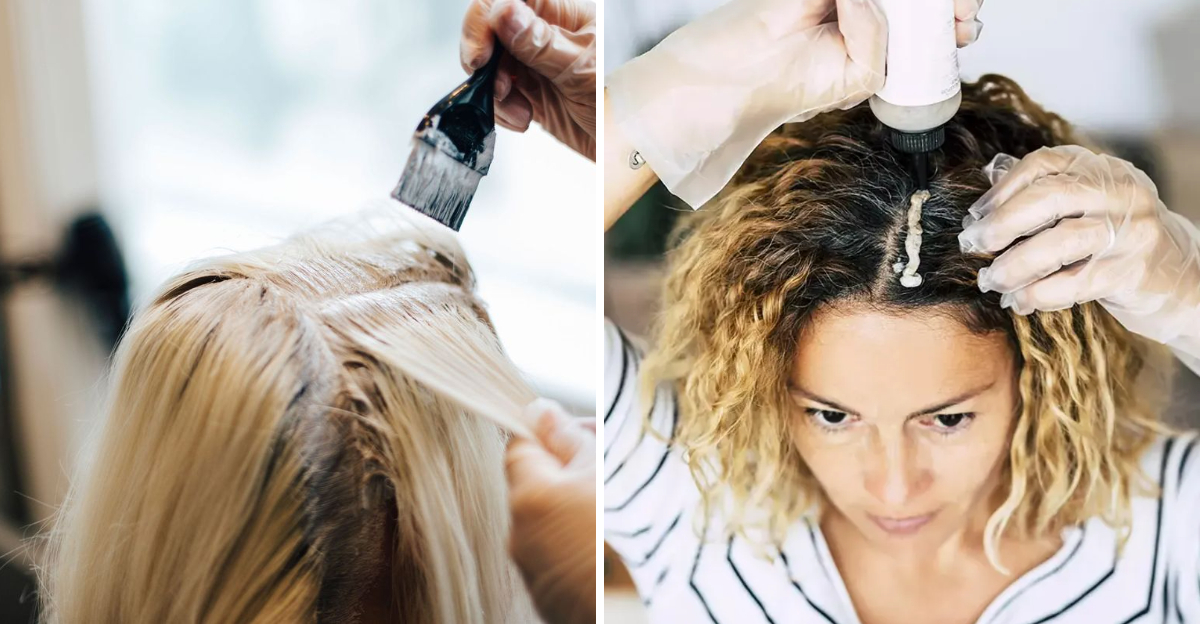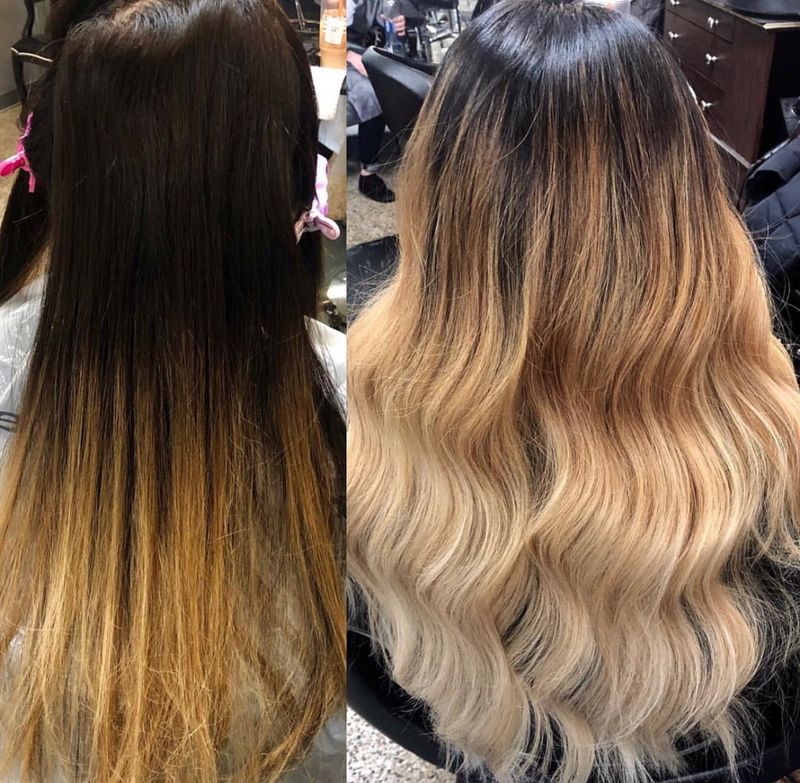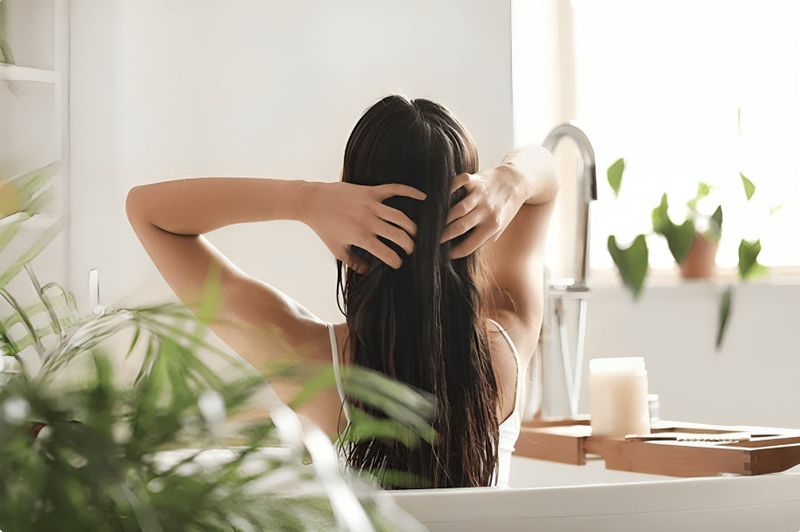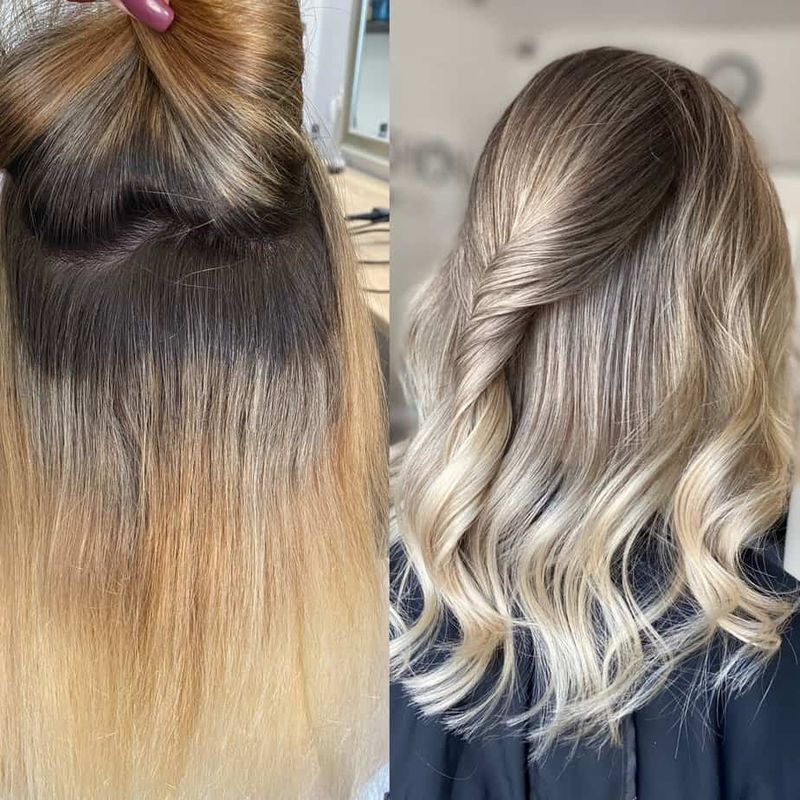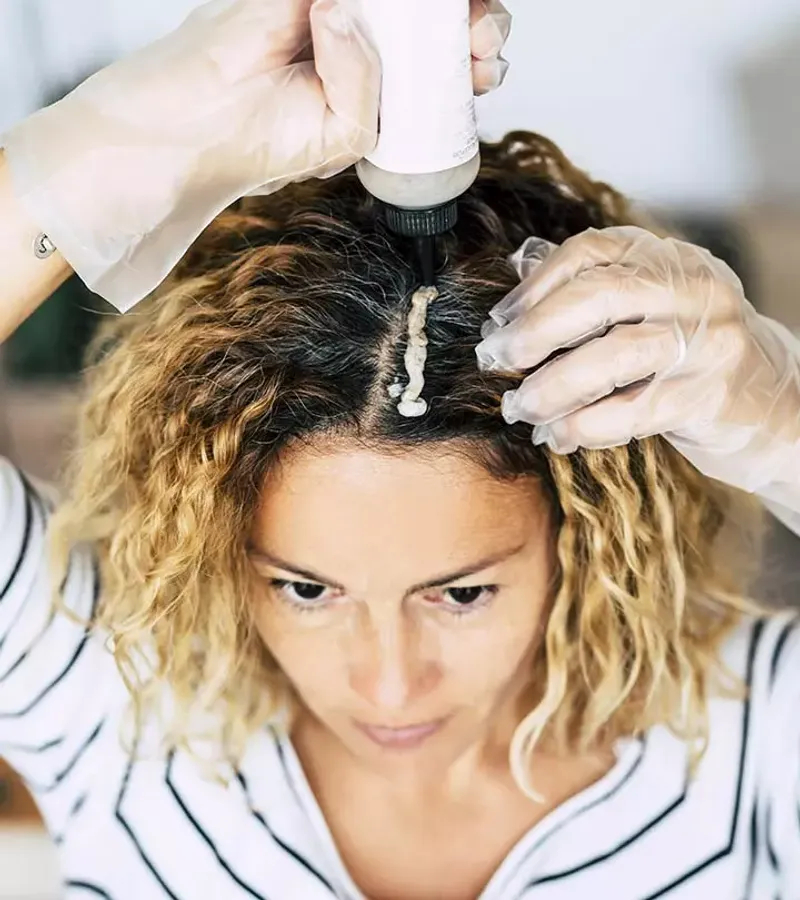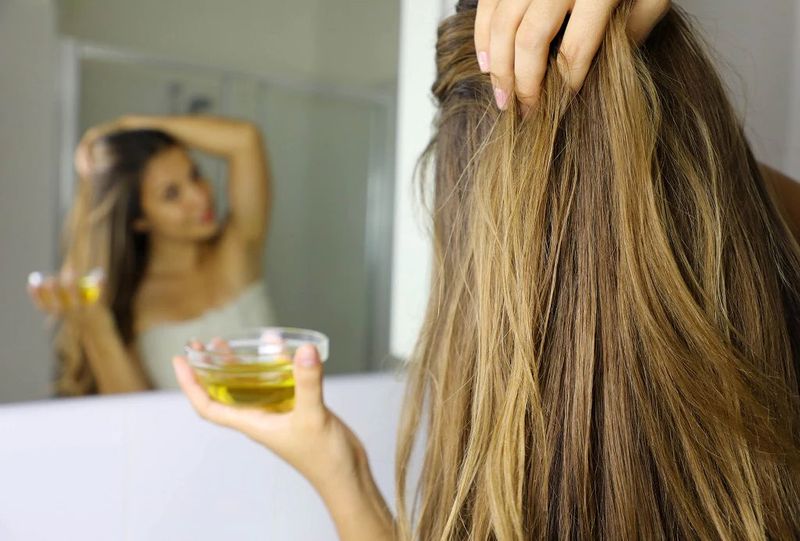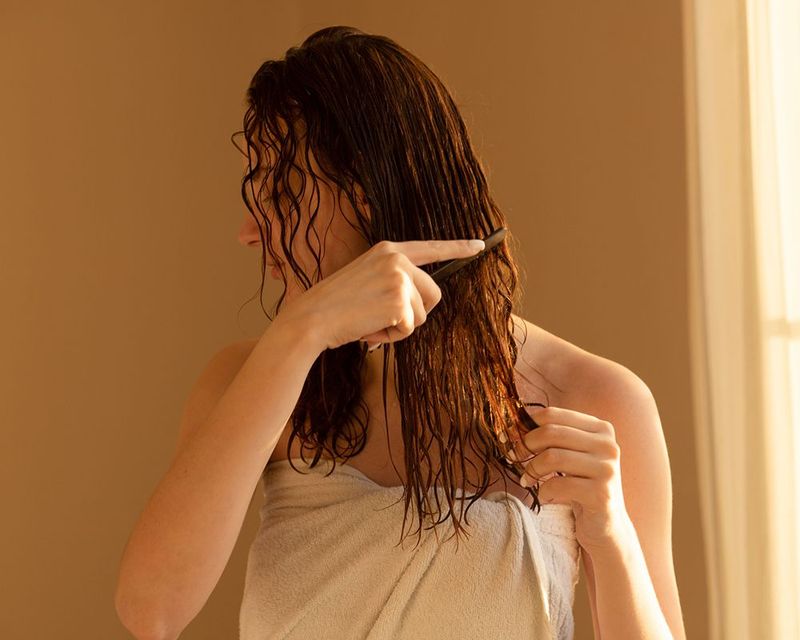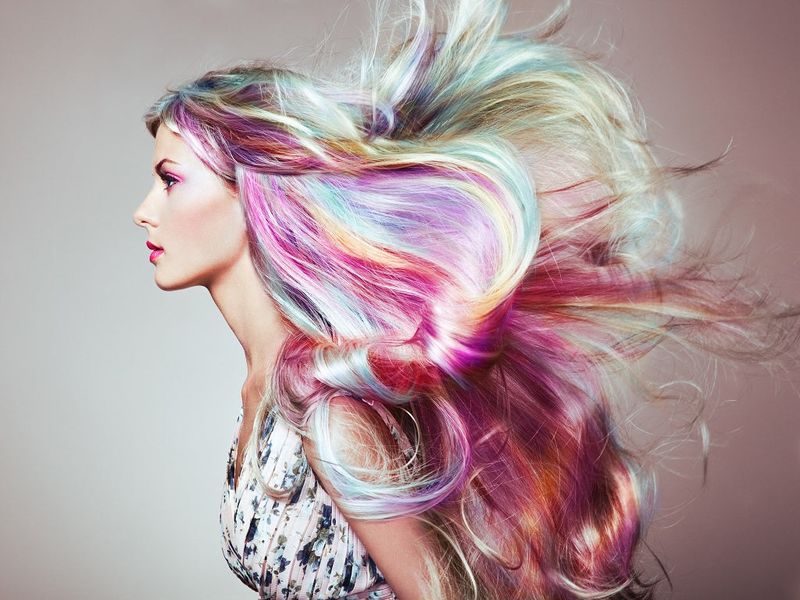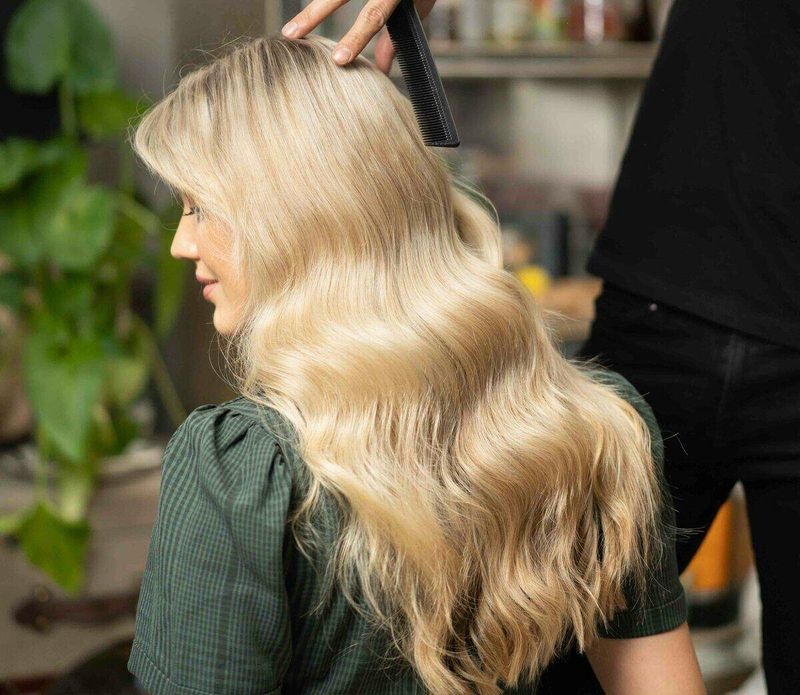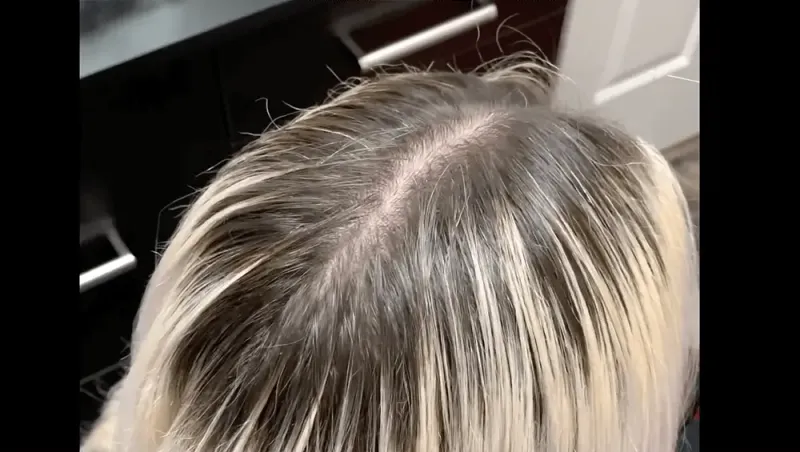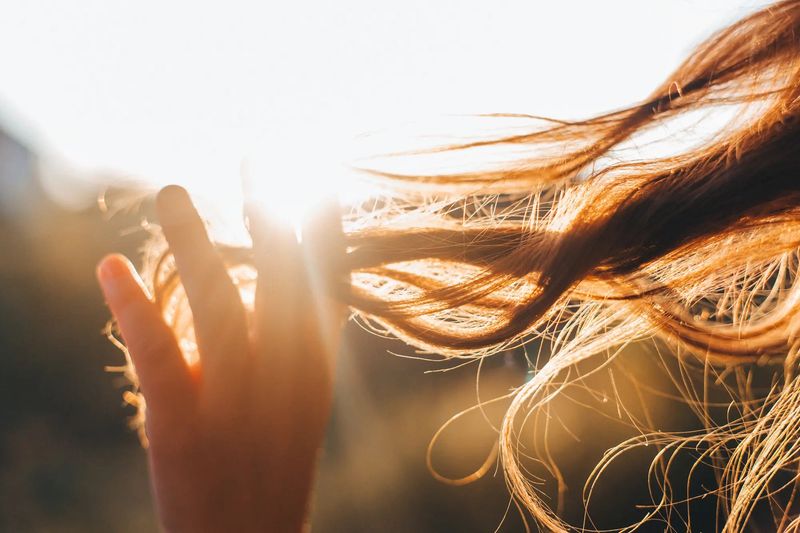Bleaching black hair is a major transformation that requires special care and knowledge. Dark hair contains lots of melanin, making the lightening process more challenging than with lighter shades.
Before you take the plunge into platinum territory, arm yourself with these essential tips to protect your locks and achieve the best results.
1. Consult a Professional First
Skip the DIY route for your first bleaching session. Professional colorists understand the science behind lifting dark pigment safely.
They’ll assess your hair’s condition and create a custom plan that minimizes damage while achieving your desired shade.
2. Prepare for Multiple Sessions
Going from jet black to platinum blonde rarely happens in one sitting. Your hair needs time between bleaching sessions to recover and strengthen.
Rushing the process leads to breakage and that dreaded straw-like texture nobody wants.
3. Deep Condition Before Bleaching
Nourish your hair with protein-rich treatments for two weeks before bleaching day. Strong, moisturized strands withstand chemical processing better than dry, brittle ones.
Consider using coconut oil the night before as added protection.
4. Understand the Brass Factor
Black hair contains red and orange undertones that emerge during bleaching. These warm tones aren’t flaws—they’re natural stages in the lightening process.
Purple or blue toning products help neutralize unwanted brassiness once you reach your target level.
5. Protect Your Scalp
Your scalp is sensitive to bleach and can burn easily! Apply petroleum jelly along your hairline and ears before starting.
Some pros recommend not washing hair for 48 hours before bleaching—natural oils provide a protective barrier for your skin.
6. Watch the Clock Carefully
Never leave bleach on longer than recommended, hoping for faster results. Overprocessing leads to severe damage that no conditioner can fix.
Set a timer and check your hair every 5-10 minutes to monitor the color lift.
7. Choose the Right Developer
Higher volume developers work faster but cause more damage. For most black hair, 20-30 volume provides sufficient lift without excessive harm.
Avoid 40 volume unless you’re working with a professional who understands its risks.
8. Invest in Aftercare Products
Bleached hair requires special maintenance. Purple shampoos combat brassiness, while bond-building treatments help repair broken protein chains.
Moisturizing masks become non-negotiable weekly rituals to combat the dryness that follows bleaching.
9. Say Goodbye to Heat Styling
Heat tools are bleached hair’s worst enemy. Your newly lightened locks are already compromised and break easily under thermal stress.
Air-dry whenever possible and use heat protectants religiously when styling can’t be avoided.
10. Embrace Temporary Colors
Feeling adventurous? Bleached hair accepts vibrant temporary colors beautifully. Pink, blue, purple—these fun shades wash out gradually, allowing for experimentation without commitment.
Semi-permanent dyes are gentler than permanent options.
11. Reconsider Your Washing Routine
Daily shampooing strips precious oils from already thirsty bleached strands. Stretch time between washes to 3-4 days if possible.
Dry shampoo becomes your new best friend for refreshing roots without drying out lengths.
12. Be Realistic About Maintenance
Dark roots will appear quickly against a light base. Budget for touch-ups every 4-6 weeks if maintaining a fully bleached look.
Some embrace the grown-out look or transition to balayage for lower maintenance upkeep.
13. Protect Your Investment in the Sun
UV rays fade and damage bleached hair faster than virgin hair. Wear hats during extended outdoor activities or apply UV-protective hair products.
Swimming pools present another threat—chlorine can turn blonde hair green!
14. Adjust Your Diet for Hair Health
What you eat affects how your hair recovers from bleaching. Protein-rich foods strengthen strands from within, while omega-3 fatty acids add shine.
Biotin supplements might help, but check with your doctor first.
15. Know When to Give Up
Sometimes hair reaches its breaking point—literally. Excessive breakage, gummy texture when wet, or hair that stretches like elastic are emergency signs.
At this point, a short cut might be your only option for healthy regrowth.

